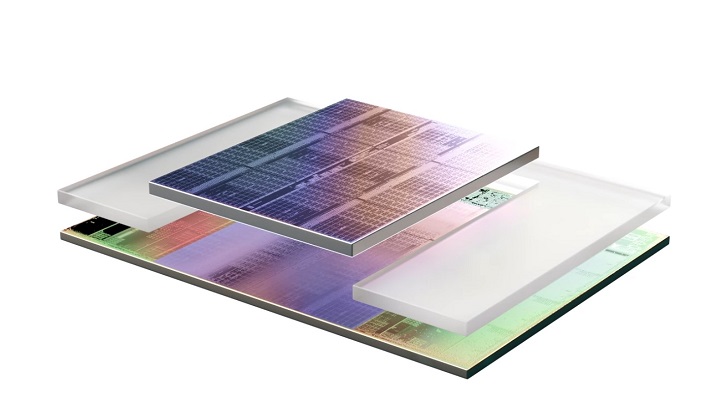AMD announced the general availability of the 3rd Gen AMD EPYC processors with AMD 3D V-Cache technology, formerly codenamed “Milan-X.”
Built on the “Zen 3” core architecture, these processors expand the 3rd Gen EPYC CPU family.
According to the cip maker, it can perform up to 66% better than non-stacked 3rd Gen AMD EPYC processors.
These new processors feature the industry’s largest L3 cache while having the same socket, software compatibility, and modern security features as 3rd Gen EPYC CPUs.
Our latest processors with AMD 3D V-Cache technology provide breakthrough performance for mission-critical technical computing workloads leading to better designed products and faster time to market
AMD Server Business Unit senior vice president and general manager, Dan McNamara.
About That Larger Cache
Cache size increases have resulted in performance improvement, particularly for technical computing workloads relying heavily on large data sets.
However 2D chip designs have physical limitations on the amount of cache that can effectively be built on the CPU.
AMD 3D V-Cache technology solves these physical challenges by bonding the AMD “Zen 3” core to the cache module, increasing the amount of L3 while minimising latency and increasing throughput.
Let’s Compare
Here’s what AMD says the 3rd Gen AMD EPYC processors with AMD 3D V-Cache can do compared to other CPUs:
- EDA – The 16-core, AMD EPYC 7373X CPU can deliver up to 66 percent faster simulations on Synopsys VCS, when compared to the EPYC 73F3 CPU.
- FEA – The 64-core, AMD EPYC 7773X processor can deliver, on average, 44 percent more performance on Altair Radioss simulation applications compared to the competition’s top of stack processor.
- CFD – The 32-core AMD EPYC 7573X processor can solve an average of 88 percent more CFD problems per day than a comparable competitive 32-core count processor, while running Ansys CFX.
The new CPU lets customers deploy fewer servers and reduce power consumption in the data centre, helping to lower total cost of ownership (TCO), reduce carbon footprint and address their environmental sustainability goals.
For example: In a typical data centre running 4600 jobs per day of the Ansys CFX test case cfx-50, using 2P 32-core AMD EPYC 7573X CPU based servers can reduce the estimated number of servers required from 20 to 10 and lower power consumption by 49%, when compared to the competition’s latest 2P 32-core processor-based server.
This ends up providing a projected 51 percent lower TCO over three-years.
Products & Prices
| Cores | Model | # CCD | TDP (W) | cTDP range (W) | Base Freq (GHz) | Max Boost Freq (Up to GHz)* | L3 Cache(MB) | DDRChannels | Price(1KU) |
| 64 | 7773X | 8 | 280 | 225 – 280 | 2.20 | 3.50 | 768 | 8 | 8,800USD |
| 32 | 7573X | 8 | 280 | 225 – 280 | 2.80 | 3.60 | 768 | 8 | 5,590USD |
| 24 | 7473X | 8 | 240 | 225 – 280 | 2.80 | 3.70 | 768 | 8 | 3,900USD |
| 16 | 7373X | 8 | 240 | 225 – 280 | 3.05 | 3.80 | 768 | 8 | 4,185USD |
Availability
3rd Gen AMD EPYC processors with AMD 3D V-Cache technology are available today from a wide array of OEM partners, including, Atos, Cisco, Dell Technologies, Gigabyte, HPE, Lenovo, QCT, and Supermicro.
3rd Gen AMD EPYC processors with AMD 3D V-Cache technology are also broadly supported by AMD software ecosystem partners, including, Altair, Ansys, Cadence, Dassault Systèmes, Siemens, and Synopsys.
Microsoft Azure HBv3 virtual machines (VMs) have now been fully upgraded to 3rd Gen AMD EPYC with AMD 3D V-Cache technology.
According to Microsoft, HBv3 VMs are the fastest adopted addition to the Azure HPC platform ever and have seen performance gains of up to 80 percent in key HPC workloads from the addition of AMD 3D V-Cache compared to the previous HBv3 series VMs.










